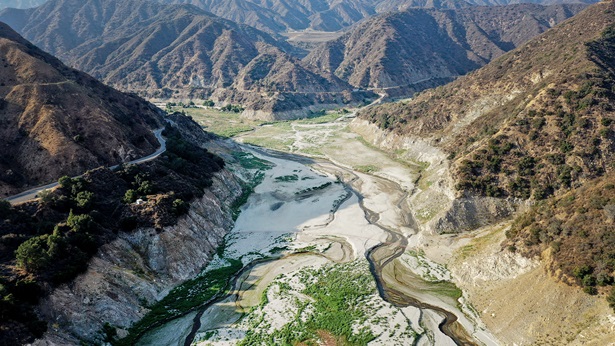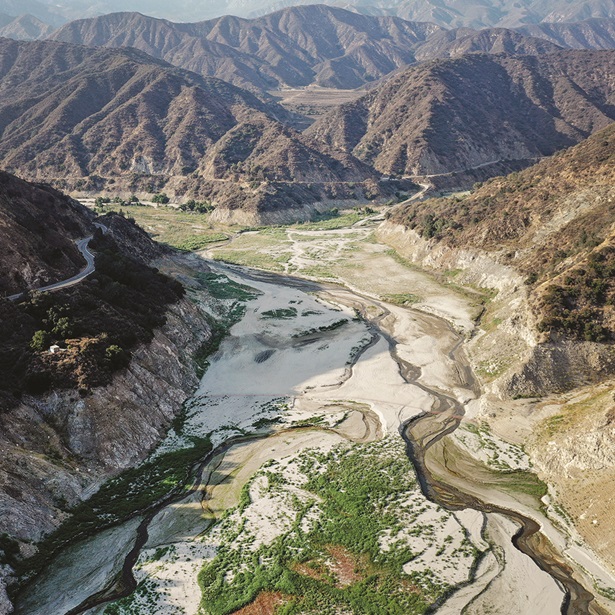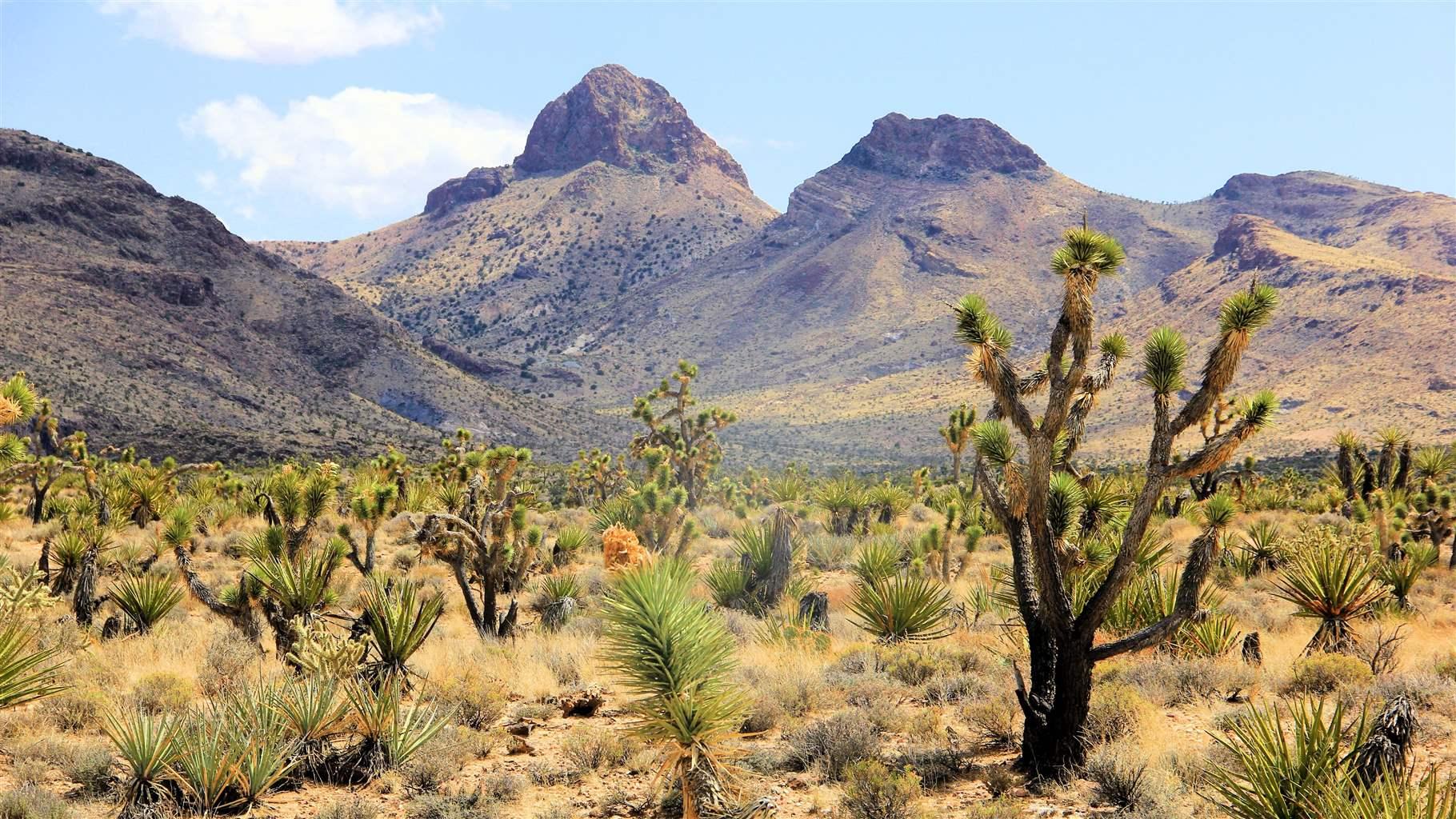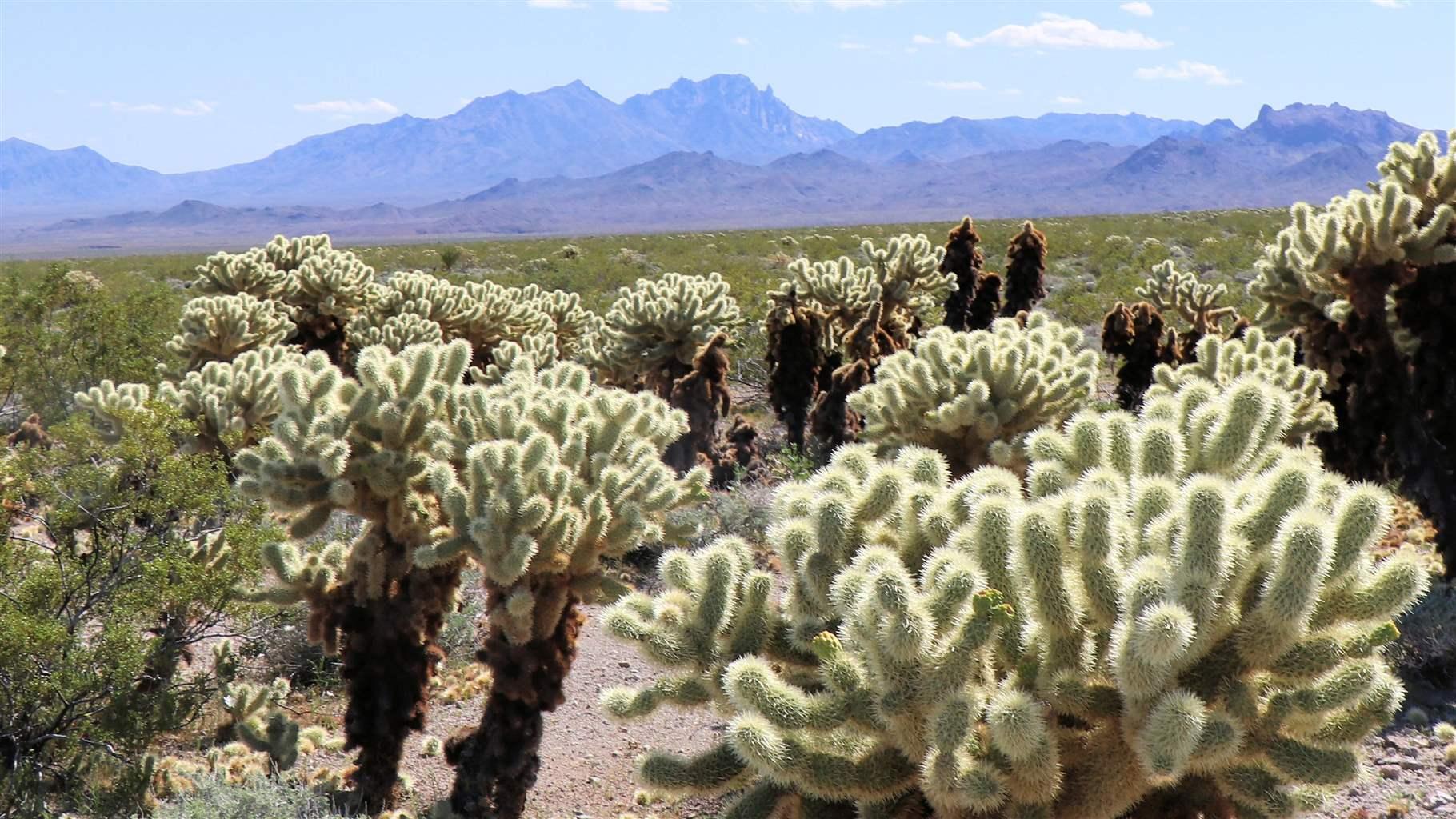New National Monument in Nevada Would Sustain Indigenous Culture, Nature, and Economy
Avi Kwa Ame, in the Mojave Desert, is sacred to Tribes and vital to wide range of wildlife
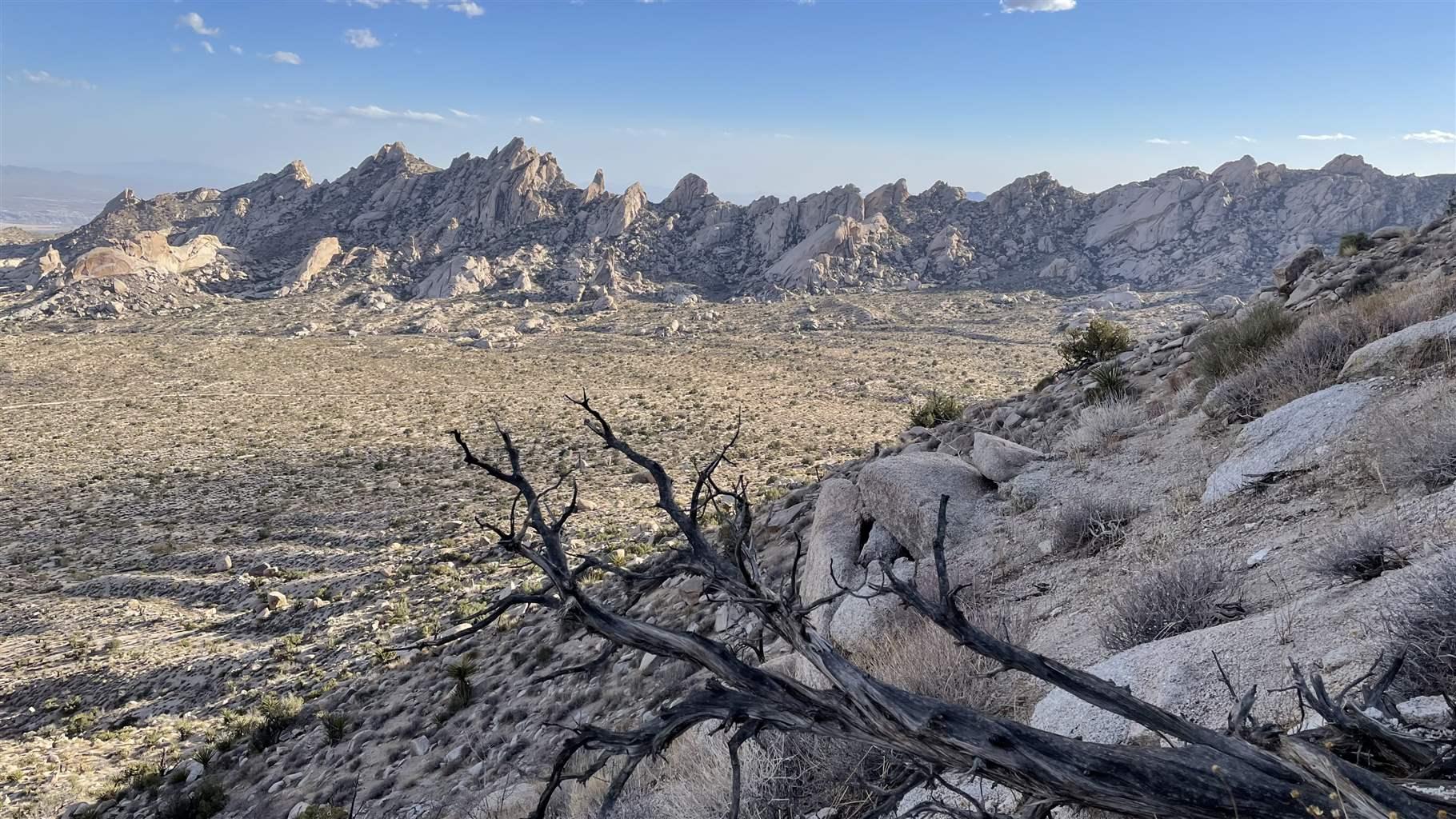
Nevada’s open spaces have significant value for many Americans, from Indigenous peoples who have lived on these lands for millennia to more recent arrivals who access the area’s many outdoor recreation opportunities and obtain other fulfillment from public lands. These benefits span many aspects of people’s lives, including spiritual, cultural, physical, mental, and economic well-being.
Indigenous Tribes, including the Fort Mojave Indian Tribe, residents, Nevada elected officials, conservation organizations, recreation groups, and others support establishing a national monument in southern Nevada to permanently protect these treasured lands from industrial development.
Members of Nevada’s congressional delegation, among other proponents, have championed the campaign to establish the nearly 450,000-acre Avi Kwa Ame National Monument in the East Mojave Desert, along the California border. Avi Kwa Ame—the Mojave name for Spirit Mountain and the surrounding landscape—is the source of life and place of origin for Yuman-speaking Tribes, including the Mojave, Hualapai, Yavapai, Havasupai, Quechan, Maricopa, Pai Pai, Halchidhoma, Cocopah, and Kumeyaay, and is also sacred to the Hopi and Chemehuevi Paiute people. Safeguarding this area would honor those connections to the earth, provide more equitable access to nature, and strengthen biodiversity and wildlife habitat connectivity.
For example, the region encompasses a migratory corridor for bighorn sheep, critical habitat for desert tortoise and nearly two dozen raptor species, and forests of ancient Joshua trees—some more than 900 years old. The Audubon Society has identified the area as an “Important Birding Area” for migratory birds due to its proximity to foraging and nesting habitat, and the Colorado River, which runs east of the proposed monument and is one of the most significant features in the Pacific Flyway. Designating the area as a monument would protect these essential resources.
Designating Avi Kwa Ame National Monument would safeguard an essential corridor linking multiple protected areas, from Mojave National Preserve and Castle Mountains National Monument in California to Sloan Canyon and Lake Mead national recreation areas in Nevada and Arizona. This contiguous habitat helps ensure the survival, biodiversity, and resiliency of Mojave Desert plant and animal populations.
That connectivity is among the reasons why the region is popular with hikers, hunters, bird watchers, and stargazers, all of whom contribute to Nevada’s robust recreation economy. A 2020 study of communities near 14 newly designated national monuments in the West found that, from 1990 to 2015, they experienced, on average, a 10% increase in the number of businesses established and an 8.5% increase in the number of jobs relative to nearby locations. And in Nevada specifically, outdoor recreation supported $4.9 billion in spending and 50,563 jobs in 2021. The Avi Kwa Ame National Monument could help increase these figures.
National monuments sustain diverse cultures, conserve healthy ecosystems, provide equitable public access, and support local economies. The Pew Charitable Trusts encourages Congress and President Joe Biden to build on the nation’s conservation legacy by protecting Avi Kwa Ame and similar places that showcase the diversity of human experiences and our connections to the natural world.
John Seebach is a project director and Jackie Feinberg is a principal associate with The Pew Charitable Trusts’ U.S. public lands and rivers conservation project.


America’s Overdose Crisis
Sign up for our five-email course explaining the overdose crisis in America, the state of treatment access, and ways to improve care
Sign up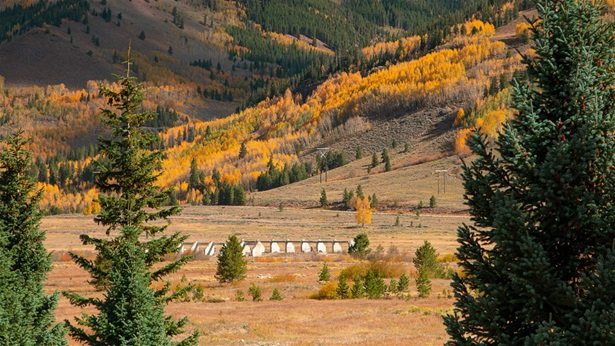
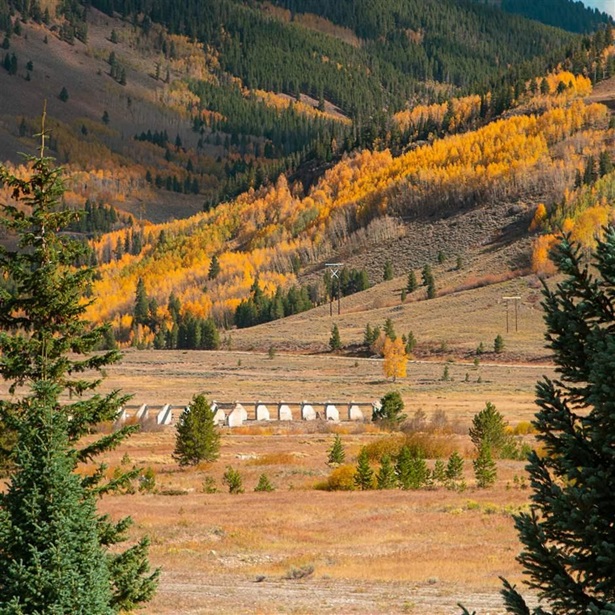
Pew Commends Move to Protect Public Lands in Colorado
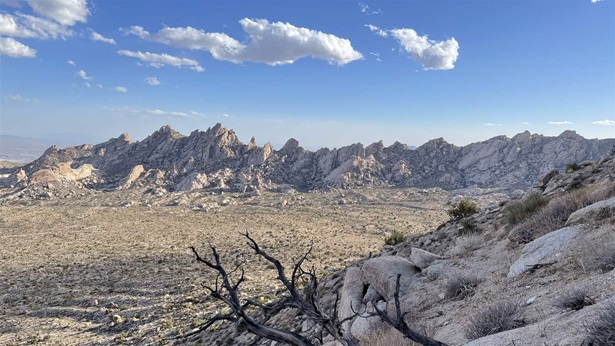
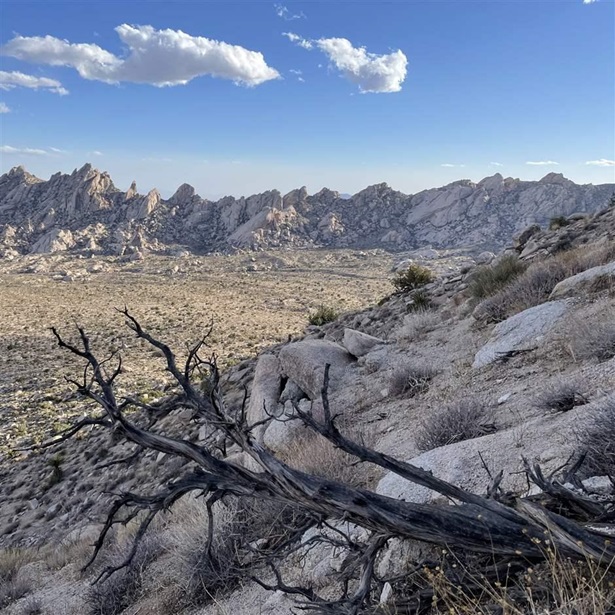
4 Public Lands That Deserve Greater Protection
